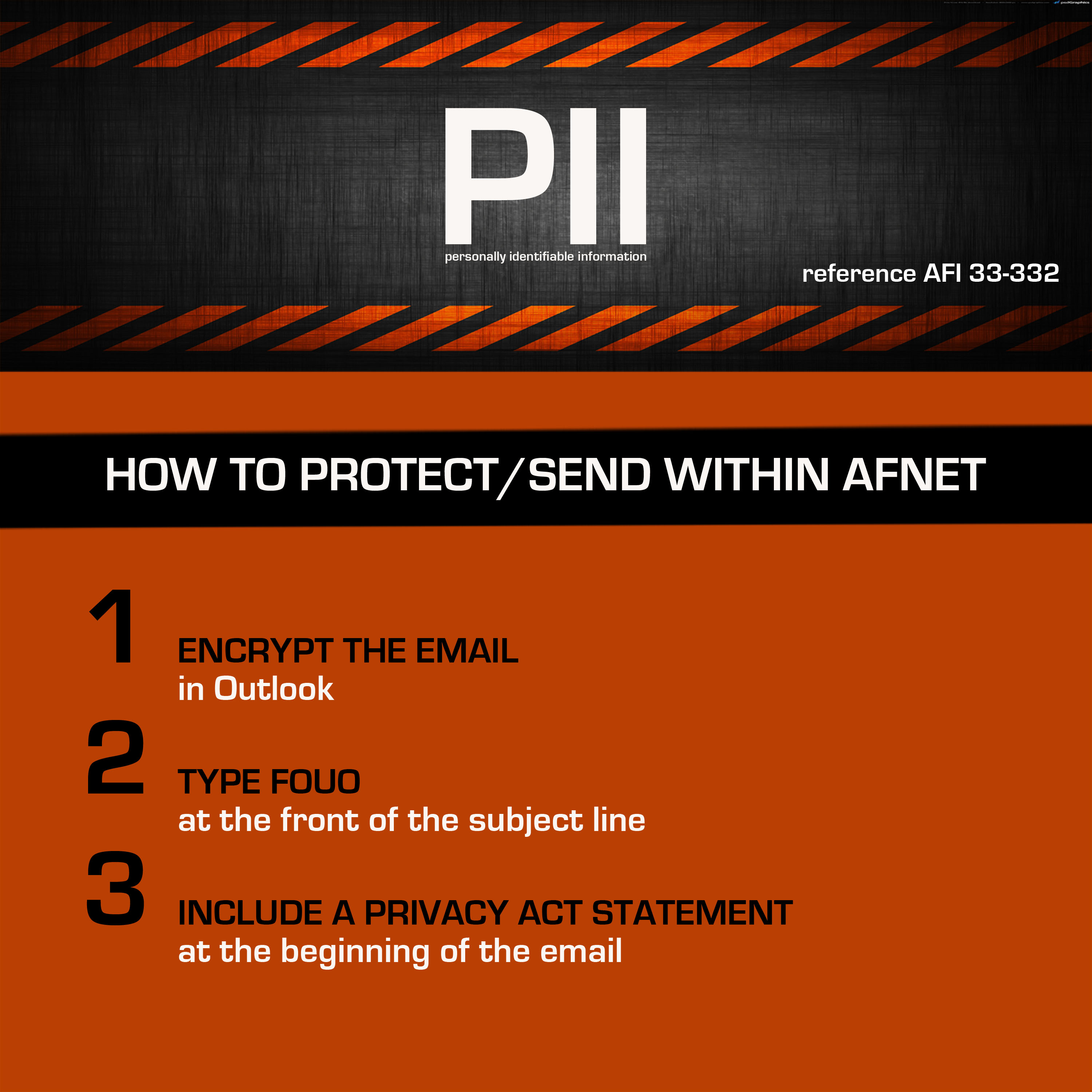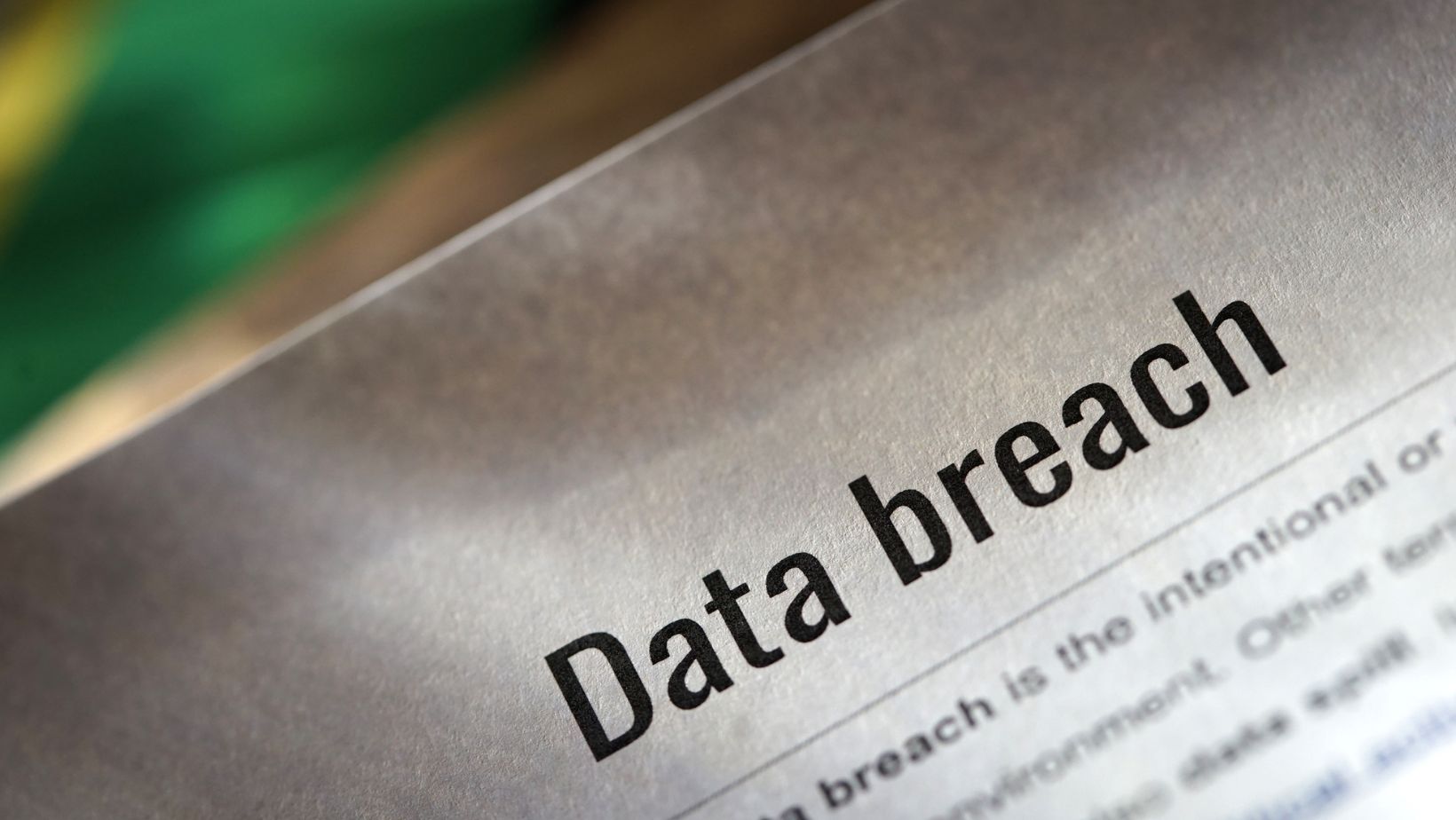What Timeframe Must DOD Report PII Breaches? A Comprehensive Guide
When it comes to safeguarding sensitive personal information, the Department of Defense (DOD) has a critical responsibility. PII breaches are no laughing matter, and the DOD has strict protocols in place to handle them. So, what timeframe must DOD report PII breaches? Let's dive into the details and uncover the answers you're looking for.
In today's digital age, protecting personal data is more important than ever. The DOD handles a ton of sensitive info, and when a breach happens, it can have serious consequences. That's why understanding the reporting timeframe is crucial for maintaining trust and ensuring accountability.
From government regulations to cybersecurity best practices, there's a lot to unpack here. Whether you're a concerned citizen, a government employee, or just curious about how the system works, this article will provide you with all the info you need. Let's get started!
Read also:Wayne Newton The Heart Of Las Vegas And The Joy Of Fatherhood
Understanding PII Breaches in the DOD Context
Before we jump into the nitty-gritty of reporting timeframes, let's break down what PII breaches mean in the context of the DOD. Personally Identifiable Information (PII) includes data like Social Security numbers, addresses, and other sensitive details that can be used to identify individuals. When this info gets into the wrong hands, it can lead to identity theft, fraud, and other nasty stuff.
The DOD handles a massive amount of PII, making it a prime target for cybercriminals. That's why they have robust systems in place to detect and respond to breaches quickly. But how quickly is quickly? Let's find out.
Why Are PII Breaches a Big Deal?
PII breaches aren't just a minor inconvenience—they can have far-reaching consequences. Here's why they're such a big deal:
- Identity Theft: Cybercriminals can use stolen PII to impersonate individuals, leading to financial losses and damaged reputations.
- Security Risks: In the hands of malicious actors, PII can compromise national security, putting lives at risk.
- Trust Erosion: When breaches occur, public trust in government institutions can take a hit, making it harder to maintain confidence in the system.
With all these potential consequences, it's clear why the DOD takes PII breaches so seriously.
What Timeframe Must DOD Report PII Breaches?
Alright, here's the juicy part. According to federal regulations, the DOD must report PII breaches within 72 hours of discovery. This timeframe is outlined in the Federal Information Security Management Act (FISMA) and other related guidelines. But why 72 hours? Let's break it down.
This timeframe is designed to strike a balance between thorough investigation and timely notification. It gives the DOD enough time to assess the situation, determine the scope of the breach, and notify the appropriate authorities without delaying the response unnecessarily.
Read also:The Love Boat A Journey Through The Golden Age Of Tv
Key Factors Influencing Reporting Timeframes
While the 72-hour rule is the general guideline, there are a few factors that can influence the reporting timeframe:
- Breach Severity: More severe breaches may require additional investigation, potentially extending the reporting timeframe.
- Resource Availability: The availability of personnel and resources can impact how quickly a breach is reported.
- Regulatory Requirements: Depending on the nature of the breach, there may be additional regulations that dictate specific reporting requirements.
Understanding these factors helps paint a clearer picture of why the reporting timeframe isn't always cut and dry.
Steps Taken After a PII Breach
Once a PII breach is discovered, the DOD springs into action. Here's a breakdown of the steps they take:
1. Initial Assessment
The first step is to assess the situation. This involves determining what data was compromised, how it happened, and who might be affected. It's like putting together a puzzle to understand the full scope of the breach.
2. Containment
Once the breach is identified, the DOD works to contain it. This might involve shutting down affected systems, patching vulnerabilities, or taking other measures to prevent further damage.
3. Notification
Within the 72-hour timeframe, the DOD notifies the appropriate authorities and affected individuals. This step is crucial for ensuring that everyone involved is aware of the situation and can take necessary precautions.
4. Investigation
An in-depth investigation follows to determine the root cause of the breach and identify any potential weaknesses in the system. This helps the DOD learn from the incident and improve their cybersecurity measures.
Best Practices for Preventing PII Breaches
While reporting breaches is important, prevention is the best defense. Here are some best practices the DOD employs to protect PII:
- Regular Audits: Conducting regular security audits helps identify vulnerabilities before they can be exploited.
- Employee Training: Educating employees about cybersecurity best practices reduces the risk of human error.
- Advanced Technologies: Implementing cutting-edge technologies like AI and machine learning enhances threat detection capabilities.
By following these practices, the DOD can significantly reduce the likelihood of PII breaches occurring in the first place.
Legal and Regulatory Frameworks
The DOD operates within a complex legal and regulatory framework when it comes to handling PII breaches. Here are some of the key laws and regulations:
1. FISMA
The Federal Information Security Management Act establishes a framework for protecting federal information systems, including those that handle PII.
2. HIPAA
The Health Insurance Portability and Accountability Act sets standards for protecting sensitive patient health information, which often overlaps with PII.
3. GDPR
While primarily focused on the European Union, the General Data Protection Regulation can also impact the DOD when handling PII of EU citizens.
These regulations provide a solid foundation for ensuring the security and privacy of PII.
Impact of PII Breaches on Individuals
So, what does all this mean for the average person? If your PII is compromised in a DOD breach, you could face several challenges:
- Identity Theft: As mentioned earlier, stolen PII can be used for identity theft, leading to financial losses and other headaches.
- Credit Monitoring: You may need to enroll in credit monitoring services to keep an eye on any suspicious activity.
- Legal Action: In some cases, affected individuals may choose to pursue legal action against the responsible parties.
It's important to stay informed and take proactive steps to protect yourself if your PII is ever compromised.
Case Studies: Real-World Examples
To better understand the impact of PII breaches, let's look at a couple of real-world examples:
Case 1: The 2015 OPM Breach
In 2015, the Office of Personnel Management (OPM) suffered a massive breach that exposed the PII of millions of federal employees. This breach highlighted the importance of robust cybersecurity measures and timely reporting.
Case 2: The 2017 Equifax Breach
While not directly related to the DOD, the Equifax breach serves as a cautionary tale about the consequences of failing to protect PII. Millions of consumers were affected, leading to widespread outrage and calls for reform.
These case studies underscore the critical need for vigilance in protecting sensitive data.
Future Trends in PII Protection
As technology continues to evolve, so too do the methods for protecting PII. Here are a few trends to watch:
- Blockchain Technology: Blockchain offers a promising solution for securely storing and managing PII.
- Zero Trust Architecture: This approach assumes that no user or device can be trusted by default, enhancing security.
- AI-Powered Threat Detection: AI is increasingly being used to detect and respond to threats in real-time.
By embracing these trends, the DOD and other organizations can stay ahead of the curve in protecting PII.
Conclusion: What You Can Do
In conclusion, understanding what timeframe must DOD report PII breaches is just the beginning. It's crucial to stay informed about the latest developments in cybersecurity and take steps to protect your own PII.
Take Action: If you're concerned about your PII, consider signing up for credit monitoring services and staying vigilant for any suspicious activity. Share this article with your friends and family to help spread awareness.
Remember, knowledge is power. By staying informed and proactive, we can all play a role in protecting sensitive information and ensuring a safer digital future.
Article Recommendations


